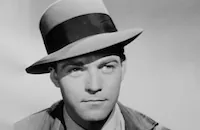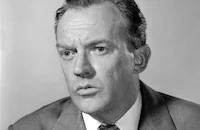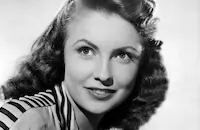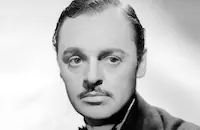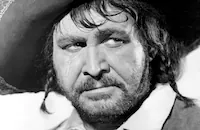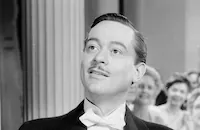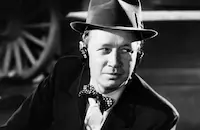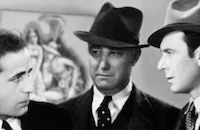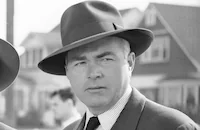Earle was modeled on John Dillinger, but the Hollywood Production Code strictly prohibited glamorizing the thirties gangster legend. John Huston's script, based on W.R. Burnett's novel, was returned to Warners by the censors with over forty objectionable references. They were largely ignored by Jack Warner, who wanted to protect the "spirit" of the story. However, the Code was firm on the ending. Gangsters, no matter how sympathetic they might appear at times, had to pay for moral transgressions on the screen. In other words, death or life in prison was their only option.
Executive Produced by Hal Wallis (Little Caesar, 1930), High Sierra was line produced by former 'crime beat' newsman Mark Hellinger (They Drive by Night, 1940), who was so entrenched in the gangster mode that he drove a car formerly belonging to mobster Dutch Schultz. High Sierra was elevated from the standard desperado B-movies by the stellar talent behind it. Directed by Warner Brothers veteran Raoul Walsh, (White Heat, 1949) and featuring Ida Lupino who received billing above Bogart's as Marie Garson, the locations were filmed in California's San Bernardino Mountains. Walsh noted that the climactic mountain chase sequence was the "longest he ever directed". Cinematographer Tony Gaudio, a 1936 Academy Award® winner for Anthony Adverse (1936), telegraphed Earle's isolation and state of mind in one scene with a breathtaking 360 degree panning shot. In small roles, watch for Henry Travers (It's a Wonderful Life, 1946) as "Pa", and Cornel Wilde (A Song to Remember, 1945) in an early-career appearance as mobster Louis Mendoza.
John Huston would later remark on Bogart's unique appeal in the role of Roy Earle: "Bogie was a medium sized man, not particularly impressive off-screen, but something happened when he was playing the right part. Those lights and shadows composed themselves into another, nobler personality: heroic, as in High Sierra. I swear the camera has a way of looking into a person and perceiving things that the naked eye doesn't register."
High Sierra was remade in 1949 as Colorado Territory and in 1955 as I Died a Thousand Times with Jack Palance, Shelley Winters and Dennis Hopper. The original film established a precedent that led to such contemporary outlaw movies as Bonnie & Clyde (1967).
Director: Raoul Walsh
Producer: Hal B. Wallis, Jack L Warner, Mark Hellinger
Screenplay: W.R. Burnett (novel), John Huston, W.R. Burnett
Cinematography: Tony Gaudio
Music: Adolph Deutsch
Art Direction: Ted Smith
Principle Cast: Ida Lupino (Marie Garson), Humphrey Bogart (Roy 'Mad Dog' Earle, Alan Curtis (Babe Kozak), Arthur Kennedy (Red Hattery), Joan Leslie (Velma), Henry Hull (Doc Banton)
BW-100m. Closed captioning.
by Jessica Handler







